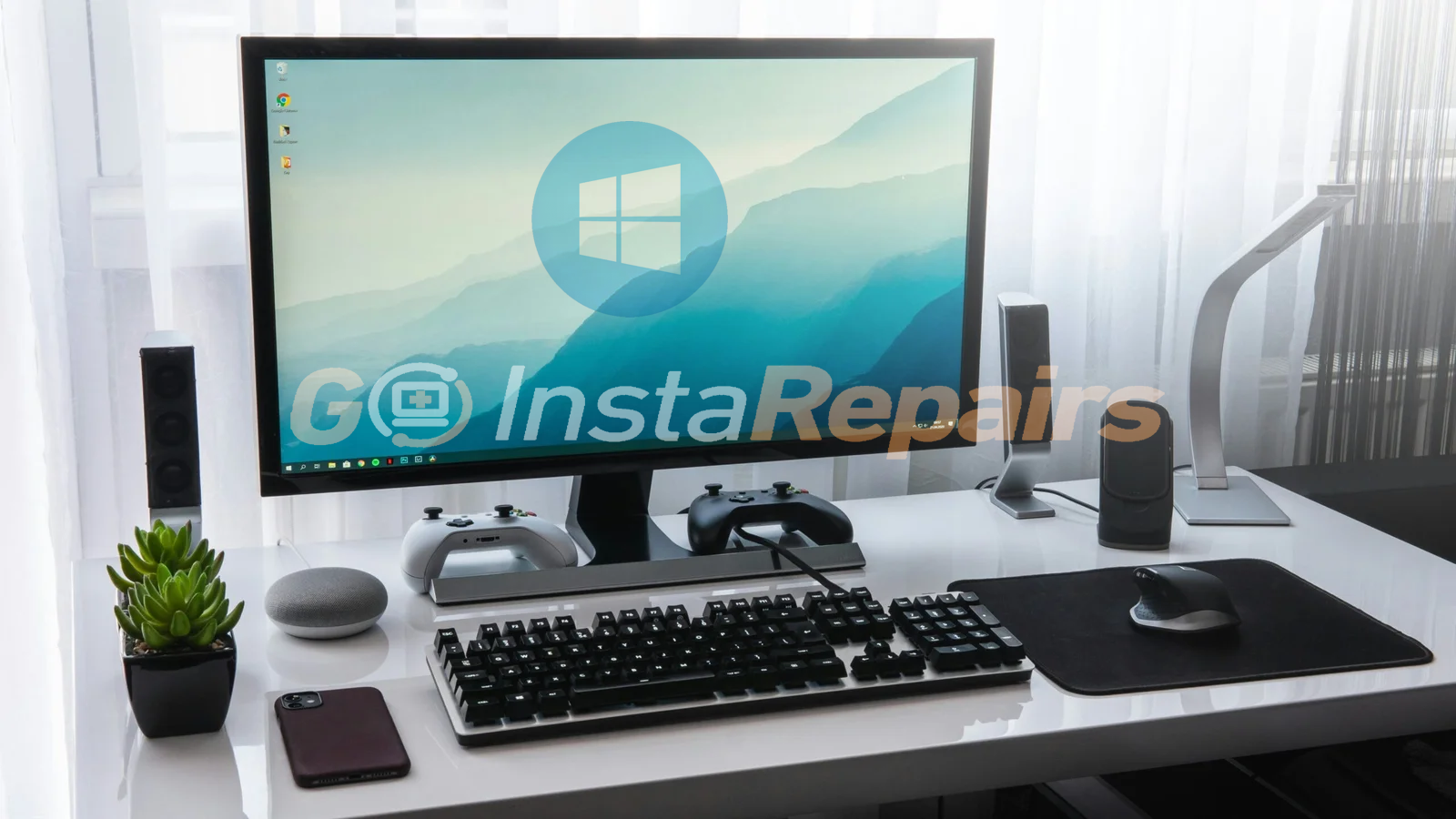Troubleshooting Windows Performance Issues in 2024

Troubleshooting Windows Performance Issues in 2024
Is your Windows computer running slow? Are you experiencing frequent crashes and error messages? Don’t worry, we’ve got you covered. In this blog post, we will discuss some troubleshooting steps that can help you fix these issues and get your computer back to its optimal performance.
1. Scan for Malware
One common cause of slow performance and unexpected crashes is malware infections. Malware can slow down your computer, cause it to freeze or crash, and even steal your personal information. To scan for malware, you can use a reliable antivirus software. Make sure it is up to date and perform a full system scan. If any malware is detected, follow the recommended steps to remove it.
2. Free Up Storage Space
Running out of storage space can also impact your computer’s performance. When your hard drive is full, it can slow down your system and cause crashes. To free up storage space, you can start by deleting unnecessary files and programs. You can also use the built-in Disk Cleanup tool in Windows to remove temporary files, system files, and other unnecessary data. Additionally, consider moving large files to an external storage device or cloud storage to free up space on your hard drive.
How to Free Up Storage Space in your computer
3. Update Device Drivers
Outdated or incompatible device drivers can cause various issues on your computer, including slow performance and crashes. To update device drivers, you can go to the manufacturer’s website and download the latest drivers for your hardware. Alternatively, you can use the Device Manager in Windows to check for driver updates. Updating your drivers to the latest version can help improve compatibility and performance.
4. Perform a System Restore
If you are experiencing frequent crashes or error messages after installing new software or making system changes, performing a system restore can help. System restore allows you to revert your computer back to a previous state when it was working fine. To perform a system restore, go to the Control Panel and search for “System Restore.”
Learn how to create a restore point
Follow the on-screen instructions to choose a restore point and initiate the process. Keep in mind that system restore will uninstall any programs or drivers installed after the selected restore point, so make sure to back up any important data before proceeding.
By following these troubleshooting steps, you can address common issues that can cause slow performance, crashes, and error messages on your Windows computer. If the issues persist, it may be worth seeking professional help to diagnose and resolve the problem.
Stay tuned for more tips and tricks to keep your Windows computer running smoothly!

One thought on “Troubleshooting Windows Performance Issues in 2024”